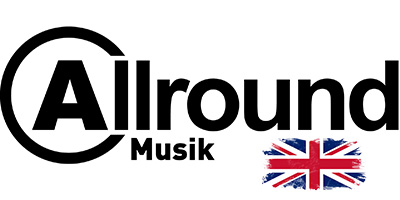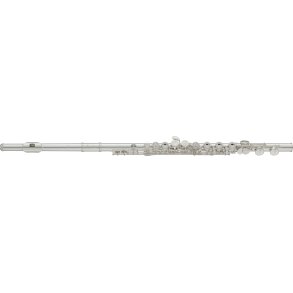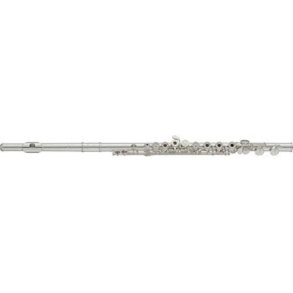Transverse flutes
The flute is characterized by its pure, bright sound. It's almost enchanting to listen to and has been attributed magical or even divine meanings throughout history. Today, we know it best from classical music, where it typically plays a prominent role.
When choosing a transverse flute, there are a few things you should be aware of. Most flutes look similar at first glance, but there can be significant differences - especially in the mechanics.
Here are 3 mechanical differences you need to know when choosing a transverse flute:
Inline or offset G
On a transverse flute with inline G, the G keys are aligned with the rest of the keys. Some would argue that this is more correct and professional, but it's more about aesthetics. On the transverse flute with offset G, the G keys are offset from the rest of the keys. This makes it easier to reach all the keys without dislocating your hands. Whether you prefer inline or offset is up to you.
The e-mechanics
The E mechanic is a hack that allows the low G key to be closed when playing the high E. This makes it easier to pick the high E in the 3rd octave. The E mechanics are quite common nowadays, but check if the flute you've fallen in love with has it.
B foot or C foot
If you buy an ordinary flute as a beginner, you'll most likely get a flute with a C-foot. This just means that the lowest note is a C. On flutes with an H-foot, the lowest note is an B (half a tone lower than the C). This is most often used by professionals, but can of course be used by anyone if you wish. The B foot gives a little more weight to the flute and a slightly darker sound in general. So it's a matter of taste.
If you're more into recorder? A lot of people start out with the recorder and love it - or continue with the flute later, so that's definitely an option too.


